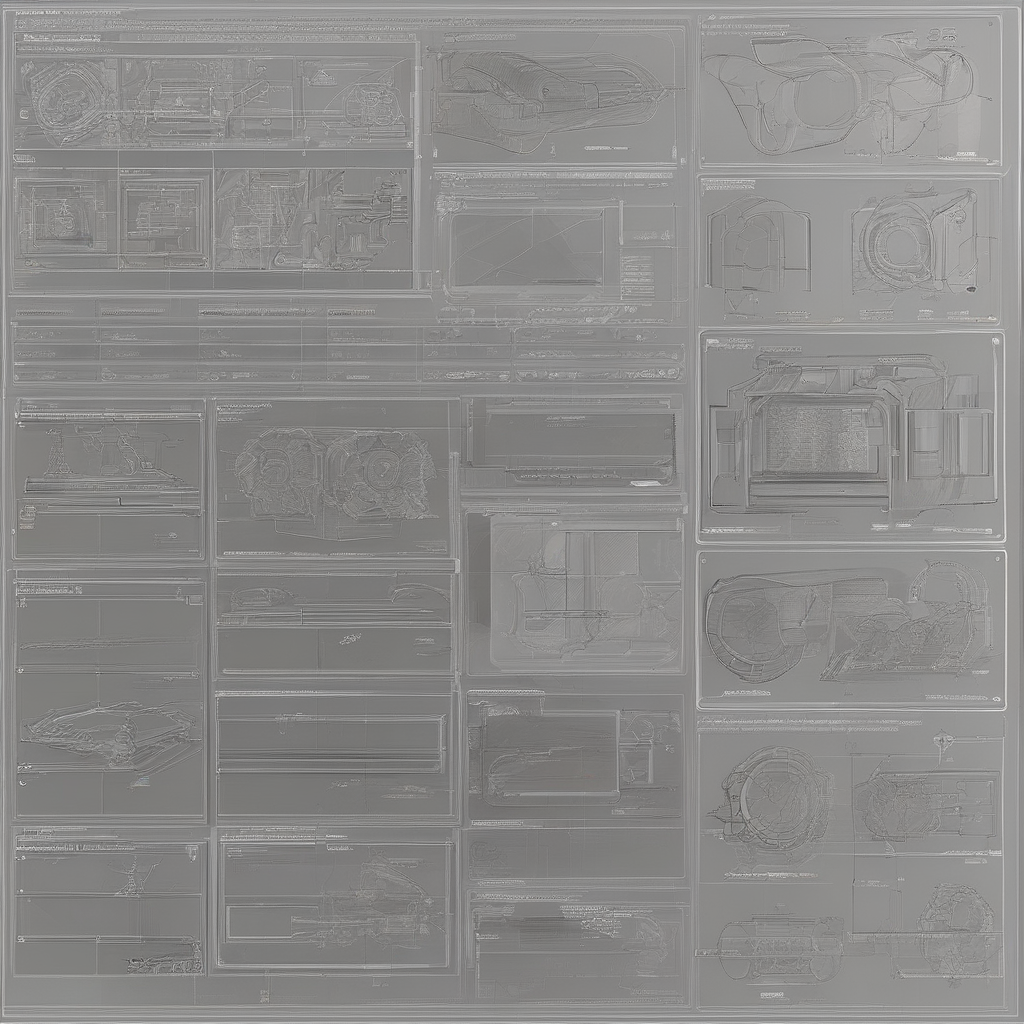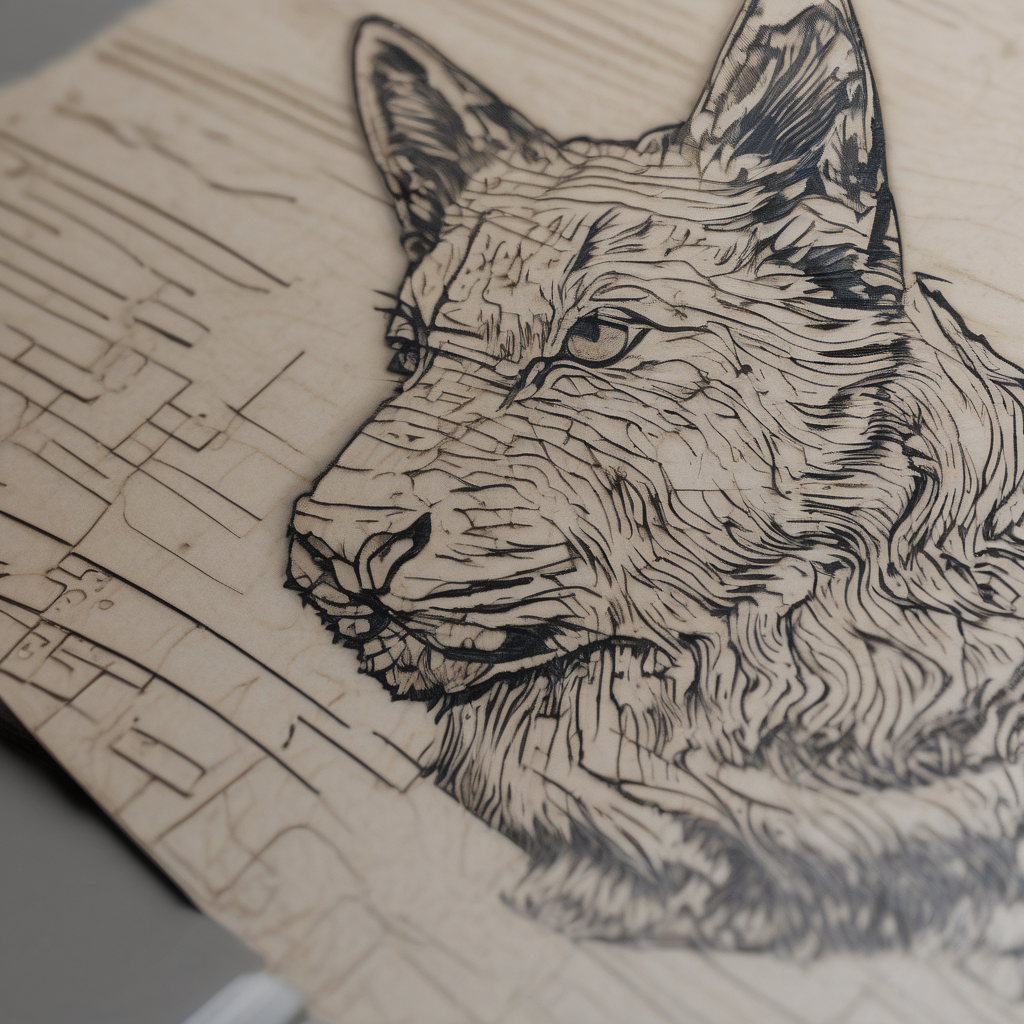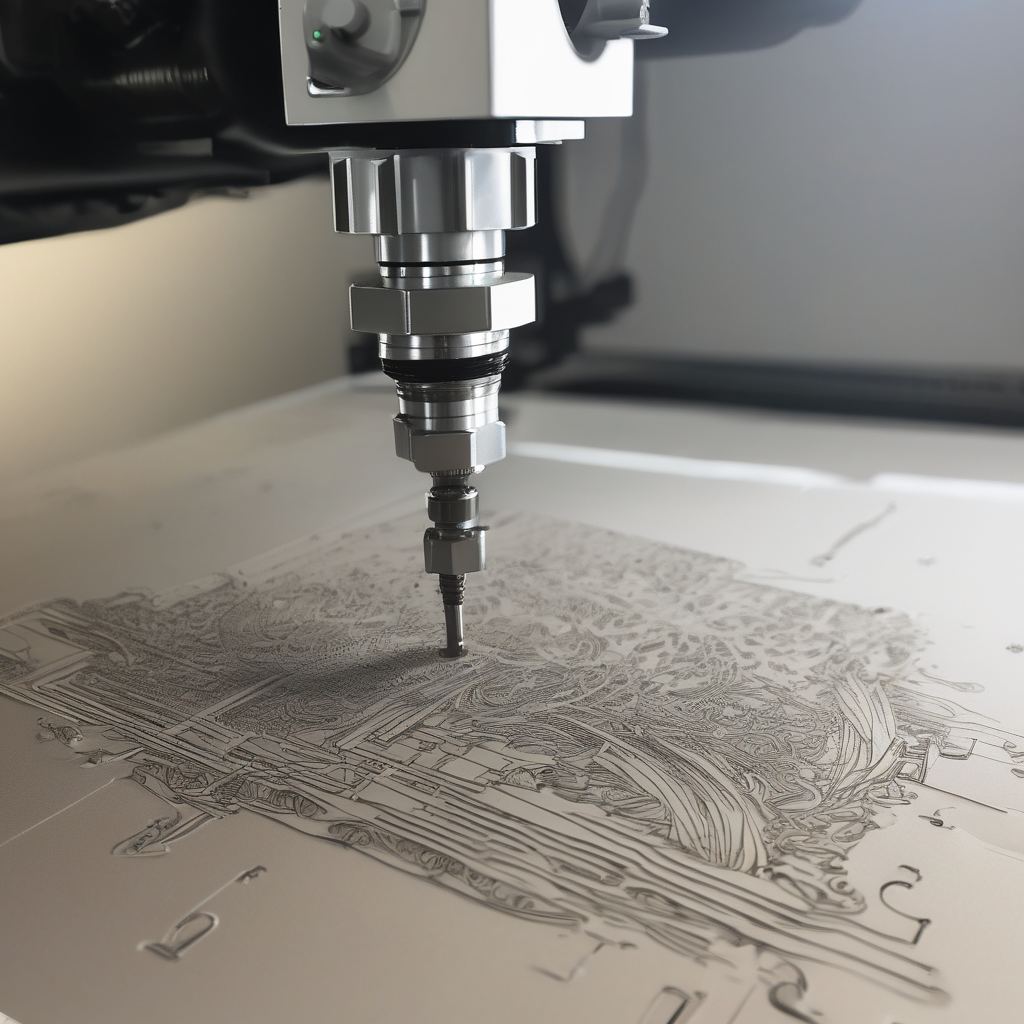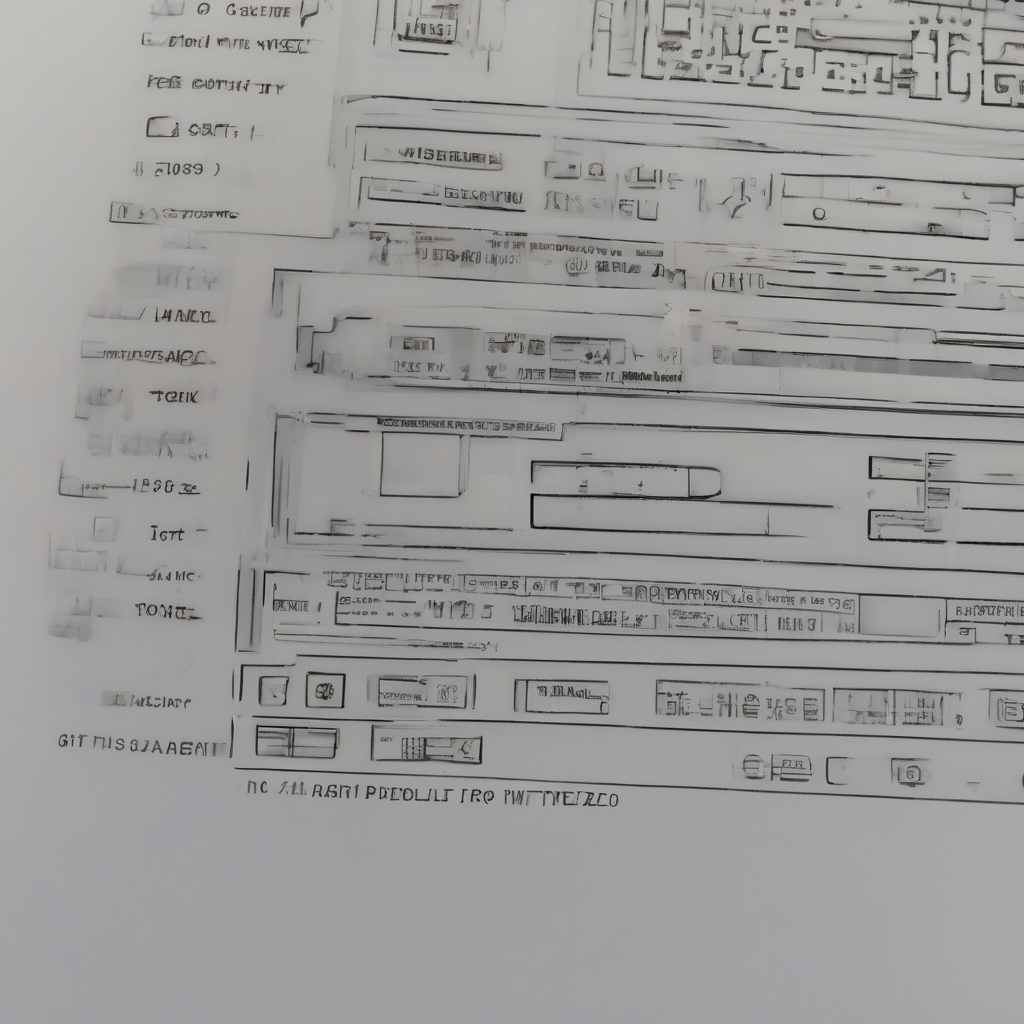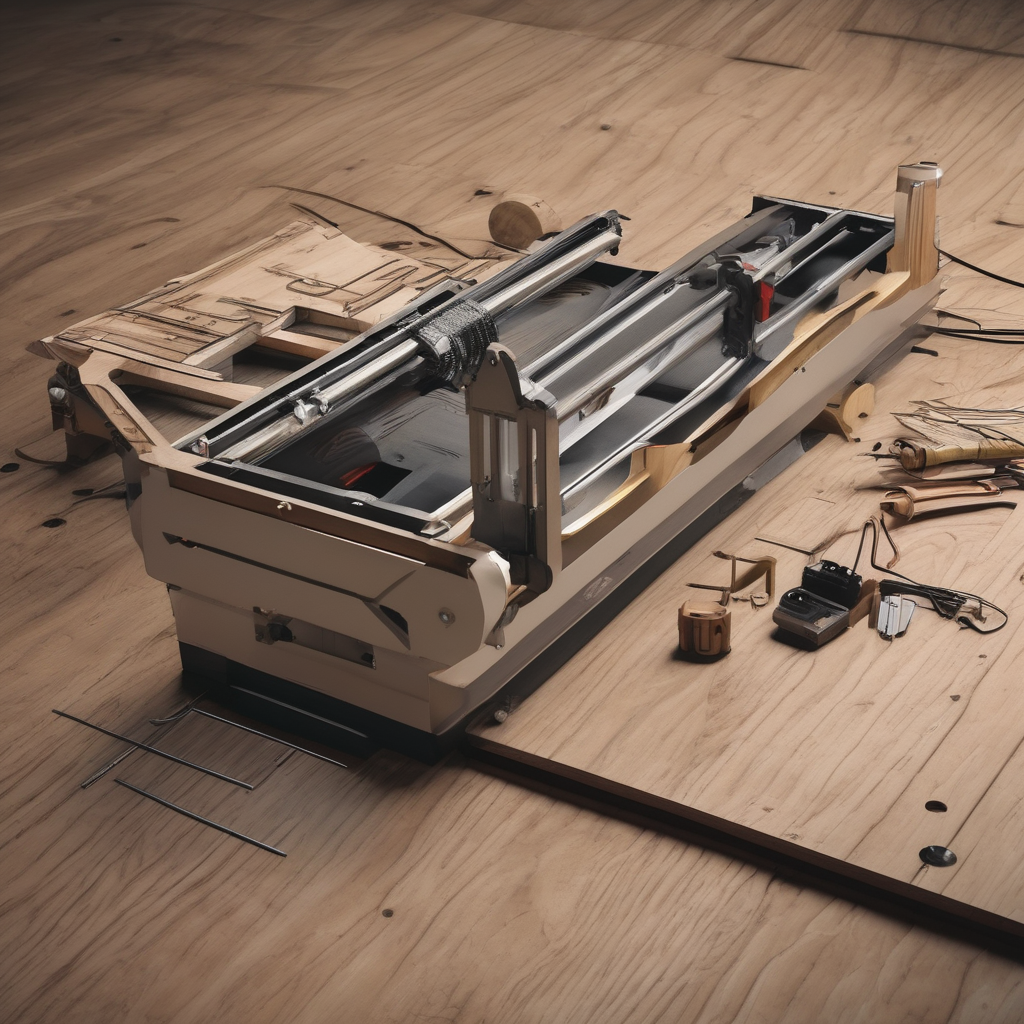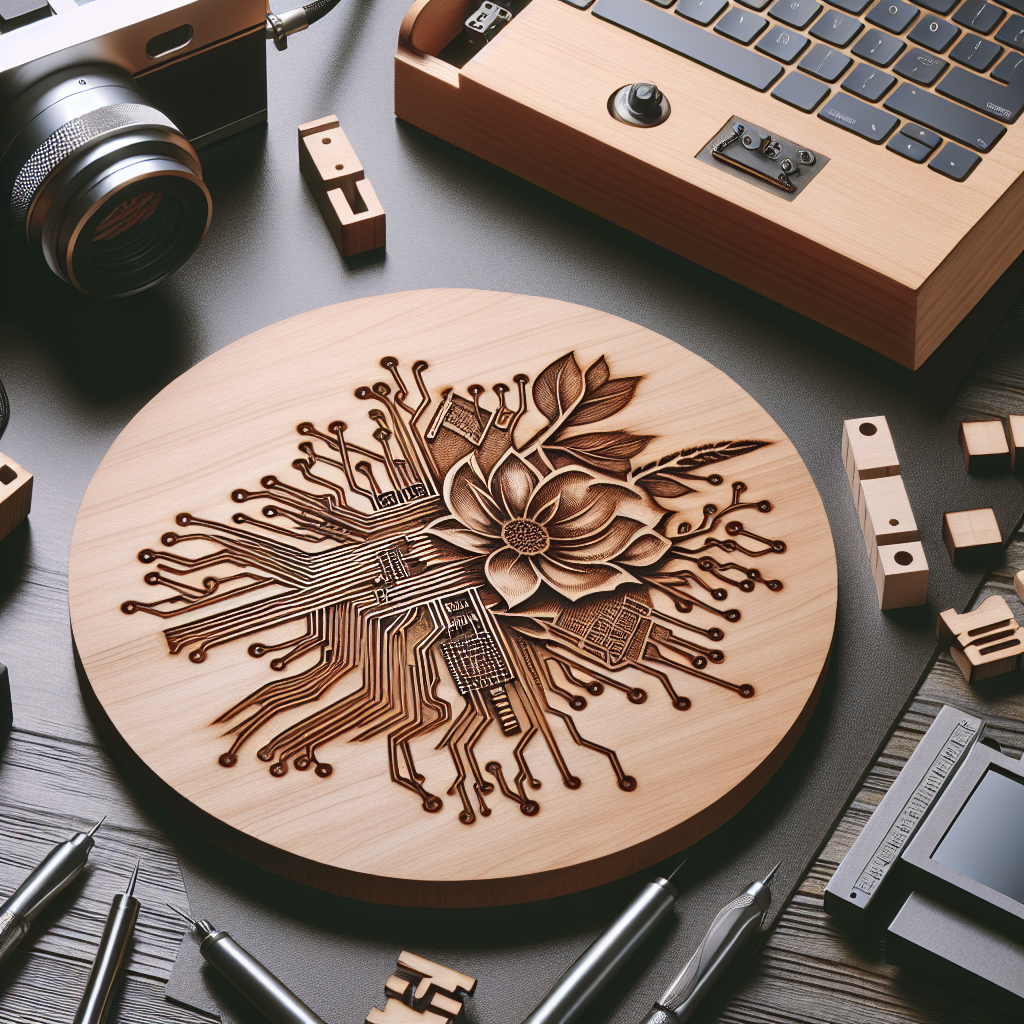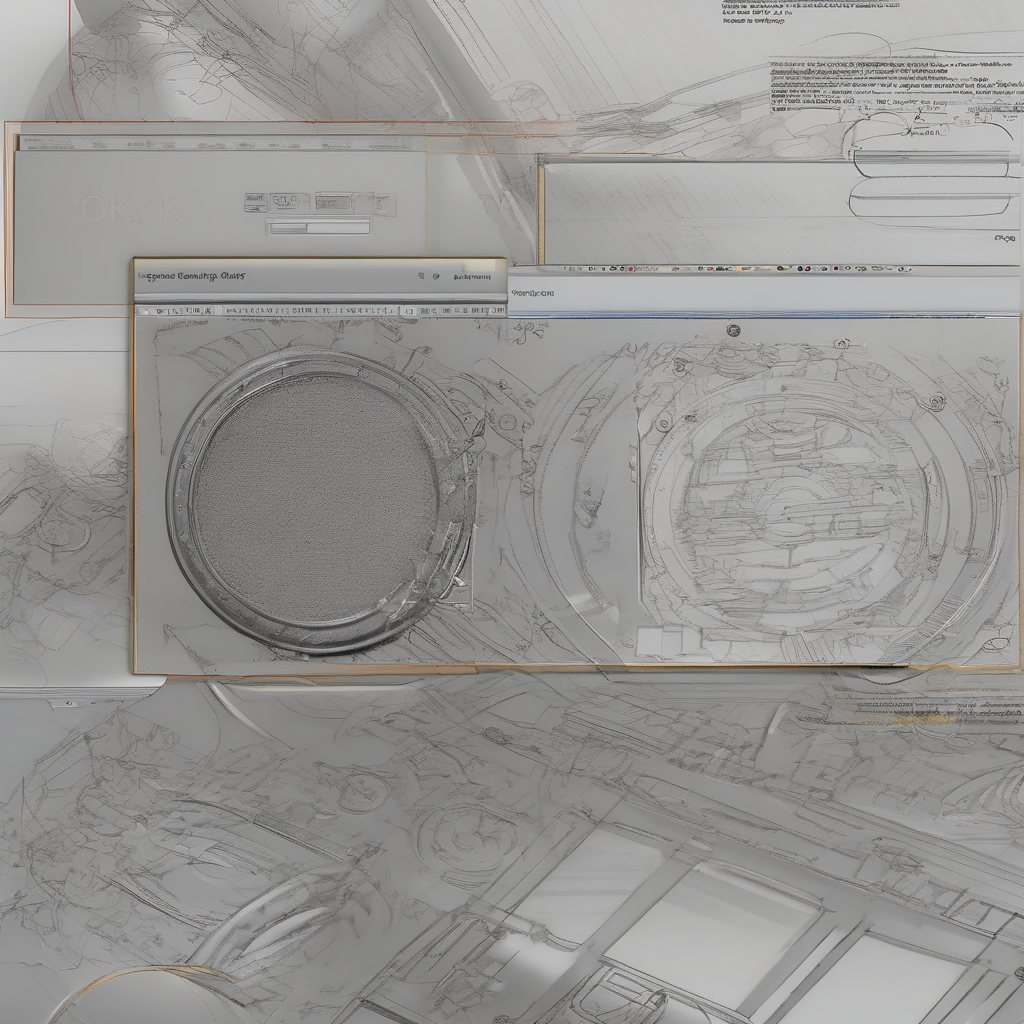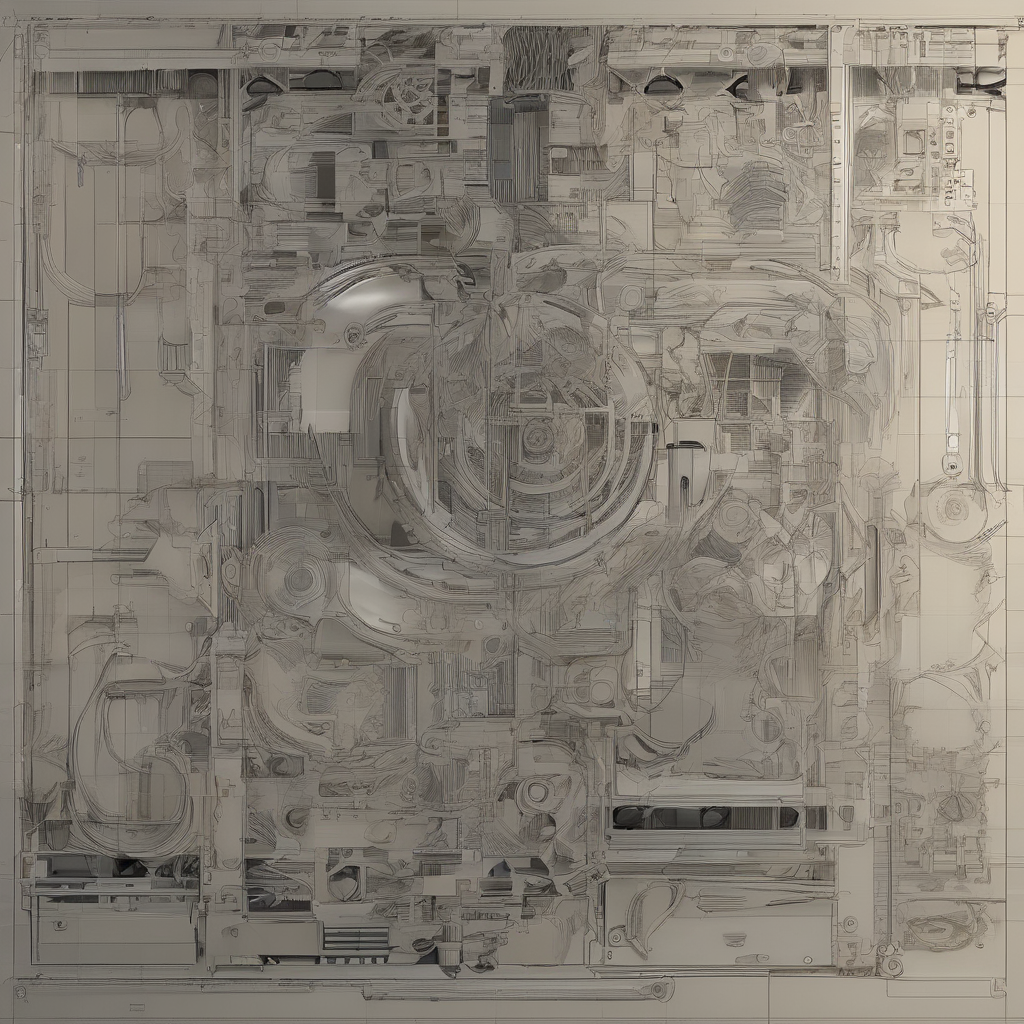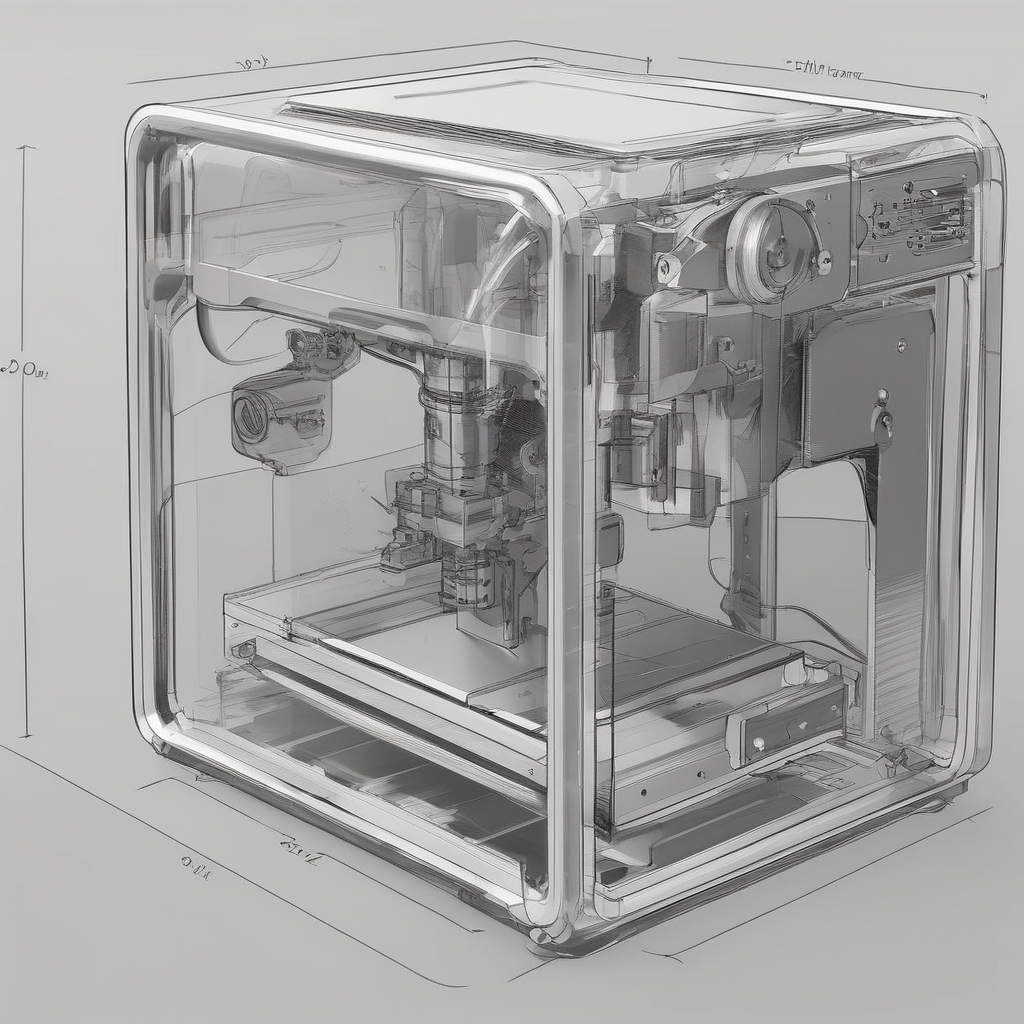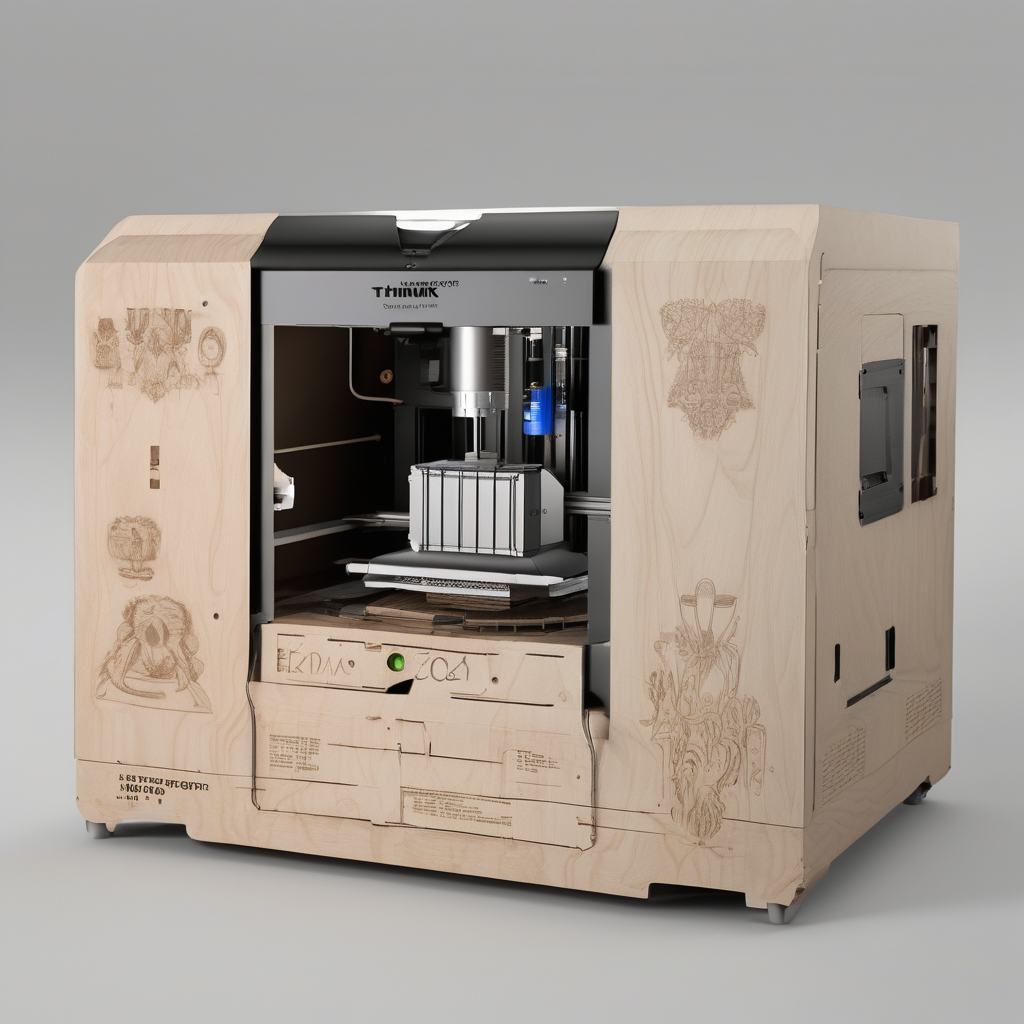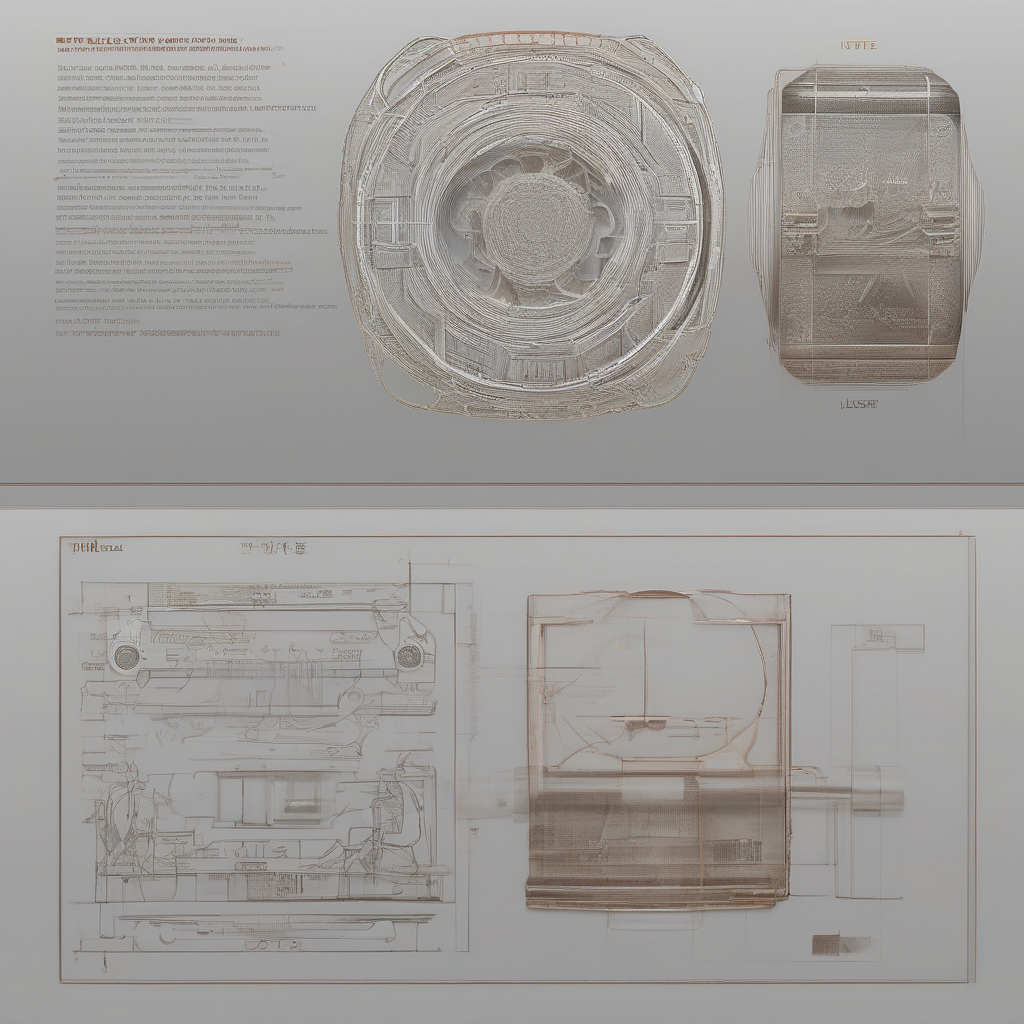The Ultimate Guide to Laser Cutting and Engraving: Enhancing Precision and Creativity
Laser cutting and engraving have revolutionized industries by offering unparalleled precision and versatility. Whether you’re a hobbyist, a small business owner, or a large-scale manufacturer, understanding the capabilities of laser cutting and engraving can open new avenues for creativity and efficiency. In this article, we will explore the intricacies of laser cutting and engraving, their applications, benefits, and how to choose the right equipment for your needs.
What is Laser Cutting and Engraving?
Laser cutting and engraving are processes that use focused light beams to cut or materials with extreme precision. The term “laser” stands for Light Amplification by Stimulated Emission of Radiation. This technology has been around since the 1960s but has seen significant advancements in recent years, making it accessible to a broader range of users.
Laser cutting involves using a laser beam to melt, burn, or vaporize material, creating clean and precise cuts. Engraving, on the other hand, uses the laser to designs or text onto the surface of a material without cutting through it entirely. Both processes are highly customizable and can be used on various materials such as wood, metal, plastic, glass, and more.
Applications of Laser Cutting and Engraving
The versatility of laser cutting and engraving makes them suitable for numerous industries. Some common applications include:
- Jewelry making: Creating intricate designs on metals like gold, silver, and platinum.
- Furniture manufacturing: Adding decorative elements or cutting complex shapes in wood or metal.
- Glass etching: Personalizing windows, mirrors, or other glass products with detailed patterns.
- Prototyping: Rapidly producing precise prototypes for testing and development.
- Signage: Engraving custom signs with durable and professional-looking results.
- Fashion: Adding logos, patterns, or unique designs to fabrics or leather products.
These applications highlight the importance of laser cutting and engraving in modern manufacturing. For small businesses, investing in a reliable laser cutter can be a game-changer, enabling them to take on diverse projects and stand out in competitive markets.
Benefits of Laser Cutting and Engraving
Laser cutting and engraving offer numerous advantages over traditional methods. Here are some key benefits:
- Precision: Lasers can achieve intricate details with micron-level accuracy, ensuring high-quality results every time.
- Versatility: Capable of working with a wide range of materials, making them suitable for various industries and projects.
- Speed: Laser processes are faster than many manual or mechanical methods, reducing production time and increasing efficiency.
- Cost-effectiveness: Minimal material waste and reduced labor costs make laser cutting and engraving a cost-efficient solution in the long run.
- Customization: The ability to create unique designs and patterns caters to personalized needs, enhancing customer satisfaction.
These benefits make laser cutting and engraving an indispensable tool for businesses looking to enhance their production capabilities. For small businesses, especially, the return on investment can be significant when choosing the right equipment.
Choosing the Right Laser Cutter and Engraver
Selecting the appropriate laser cutter and engraver depends on several factors, including your budget, intended use, and the types of materials you’ll work with. Here are some considerations to keep in mind:
- Material compatibility: Ensure the laser cutter is capable of handling the materials you plan to work with (e.g., wood, metal, plastic).
- Power output: Higher wattage lasers are better suited for thicker or more durable materials like stainless steel.
- Software compatibility: Look for machines that support popular design software like CAD or Adobe Illustrator for seamless integration with your existing workflow.
- User-friendliness: Choose a machine with an intuitive interface and easy-to-use controls, especially if you’re not highly technical.
- Budget: Determine how much you can afford to spend, balancing features and quality without overspending.
If you’re in the market for a reliable laser cutter, consider checking out [this product](https://lasercutterforwood.com/…). Designed for small businesses, it offers excellent performance and versatility at an affordable price point. Whether you’re starting a new venture or upgrading your existing equipment, this machine could be the perfect solution.
Maintenance and Safety
While laser cutting and engraving offer numerous benefits, proper maintenance and safety protocols are essential to ensure optimal performance and longevity of your equipment. Here are some tips:
- Cleanliness: Keep the machine clean by regularly removing dust and debris that can accumulate during operation.
- Lens care: The lenses in a laser cutter require special attention as they are critical to focusing the laser beam. Use compressed air or lens cleaning solutions to keep them free from contaminants.
- Alignment checks: Periodically check and adjust the alignment of the laser beam to maintain precision in cuts and engravings.
- Safety precautions: Always wear appropriate safety gear, such as goggles, when operating the machine. Ensure proper ventilation to avoid inhaling harmful fumes generated during cutting or engraving.
By following these maintenance tips, you can extend the life of your laser cutter and ensure consistent performance for years to come.
The Future of Laser Cutting and Engraving
As technology continues to advance, so does the field of laser cutting and engraving. Innovations such as fiber lasers are offering even greater precision, speed, and efficiency compared to traditional CO2 lasers. Additionally, the integration of AI and machine learning is expected to revolutionize the industry by enabling automated design optimizations and real-time quality control.
For businesses looking to stay ahead of the curve, investing in cutting-edge laser technology can provide a competitive edge. As these technologies become more accessible, even small businesses can leverage them to deliver high-quality products and services.
Frequently Asked Questions
- Q: What materials can I cut or engrave with a laser?
A: Common materials include wood, plastic, glass, metal, and leather. Always check the machine’s specifications for material compatibility. - Q: How much does a laser cutter cost?
A: Prices vary widely depending on features, power output, and brand. Basic models can start around $1000, while high-end industrial machines can exceed $50,000. - Q: Can I engrave text on metal with a laser?
A: Yes, lasers are excellent for engraving text and detailed designs on various metals, including stainless steel, aluminum, and brass. - Q: Is laser cutting safe?
A: When proper safety precautions are followed, yes. Always wear protective gear and ensure adequate ventilation to avoid inhaling fumes.
Conclusion
Laser cutting and engraving have become indispensable tools in modern manufacturing, offering precision, versatility, and efficiency that traditional methods simply can’t match. For small businesses, investing in a reliable laser cutter can open up new opportunities for growth and innovation. With the right equipment, proper maintenance, and attention to safety, you can elevate your production capabilities and deliver exceptional results.
If you’re ready to take the next step, consider exploring [this product](https://lasercutterforwood.com/…) as it offers a great balance of features and affordability for small-scale operations. Whether you’re creating custom jewelry, signage, or prototypes, this machine can help you achieve your goals with ease and precision.
Laser cutting and engraving have revolutionized modern manufacturing by offering unparalleled precision, versatility, and efficiency. These technologies enable businesses to create intricate designs and cut materials like wood, metal, and glass with micron-level accuracy. For small businesses, investing in a reliable laser cutter can be transformative, allowing them to take on diverse projects and stand out in competitive markets.
Key Applications:
– Jewelry Making: Intricate designs on metals like gold and silver.
– Furniture Manufacturing: Adding decorative elements or cutting complex shapes.
– Glass Etching: Personalizing windows and mirrors with detailed patterns.
– Prototyping: Rapid production of precise prototypes for testing.
– Signage: Custom signs with durable, professional results.
– Fashion: Adding logos or unique designs to fabrics and leather.
Benefits:
– **Precision:** Achieve intricate details with high accuracy.
– **Versatility:** Works with a wide range of materials.
– **Speed:** Faster than traditional methods, reducing production time.
– **Cost-effectiveness:** Minimizes material waste and labor costs.
– **Customization:** Creates unique designs for personalized needs.
Choosing the Right Equipment:
Consider factors like material compatibility, power output, software integration, user-friendliness, and budget. For small businesses, a reliable laser cutter with excellent performance at an affordable price can be found [here](https://lasercutterforwood.com/…).
Maintenance & Safety:
– **Cleanliness:** Regularly remove dust and debris.
– **Lens Care:** Use compressed air or solutions to keep lenses clean.
– **Alignment Checks:** Maintain precision by adjusting the laser beam alignment.
– **Safety Precautions:** Wear protective gear and ensure proper ventilation.
Future Trends:
Advancements like fiber lasers offer greater efficiency, while AI integration is expected to enhance automation in design optimizations.
By leveraging these technologies and maintaining proper care, businesses can elevate their production capabilities and deliver exceptional results.

